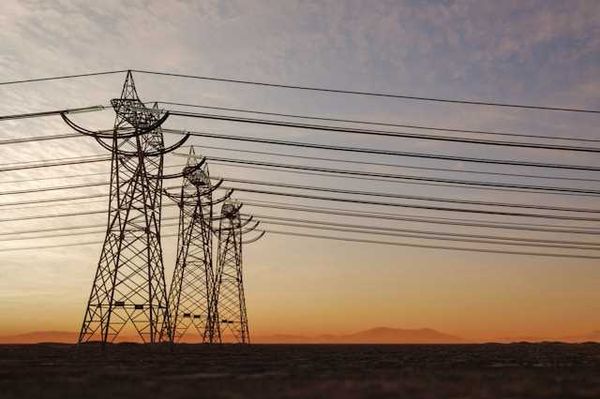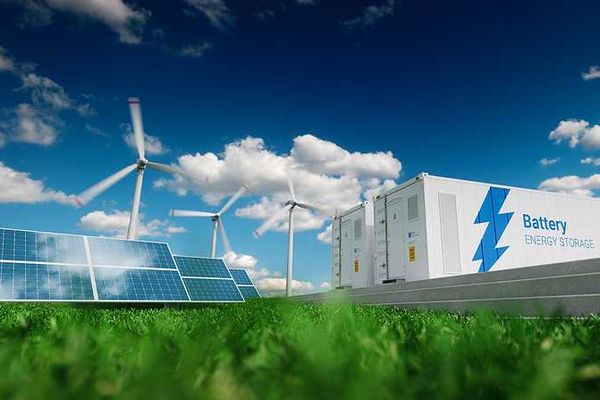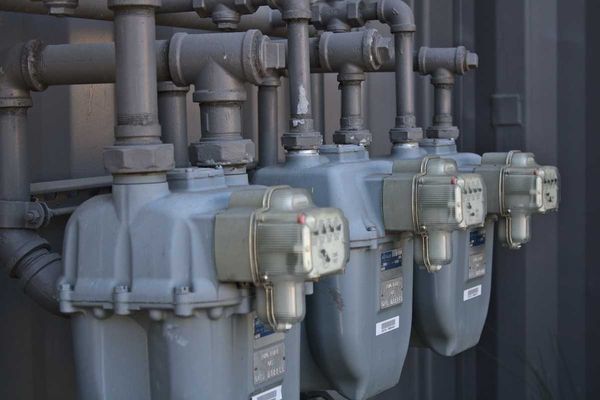energy
Utility asks New Mexico for 'zero emission' status for gas-fired power plant
A New Mexico utility is seeking a “zero-carbon” label for part of its new gas plant, sparking criticism that it skirts climate law and shifts billions in costs to consumers.
Trump dismantles programs designed to cut electricity demand
Opinion: ‘The dinosaurs didn’t know what was coming, but we do’: Marina Silva on what needs to follow Cop30
Exclusive: Brazil’s environment minister talks about climate inaction and the course we have to plot to save ourselves and the planet.
Trump expected to significantly weaken fuel economy rules
Colorado mandates ambitious emissions cuts for its gas utilities
Resisting industry pressure, regulators ordered a 41% emissions reduction by 2035 — a move that supports Colorado’s climate goals and could guide other states.
Germany's green hydrogen industry is running out of time
Germany’s green hydrogen sector is struggling to scale up as demand remains far below expectations, leaving manufacturers with excess capacity and mounting financial strain.
Portugal’s proposed Sophia solar park sparks backlash over environmental and community impacts
A massive solar park planned for the Beira Baixa region of Portugal has drawn intense opposition from municipalities and environmental groups, who warn the project’s scale could irreversibly damage landscapes, habitats and local livelihoods despite the developer’s assurances of mitigation measures.
















